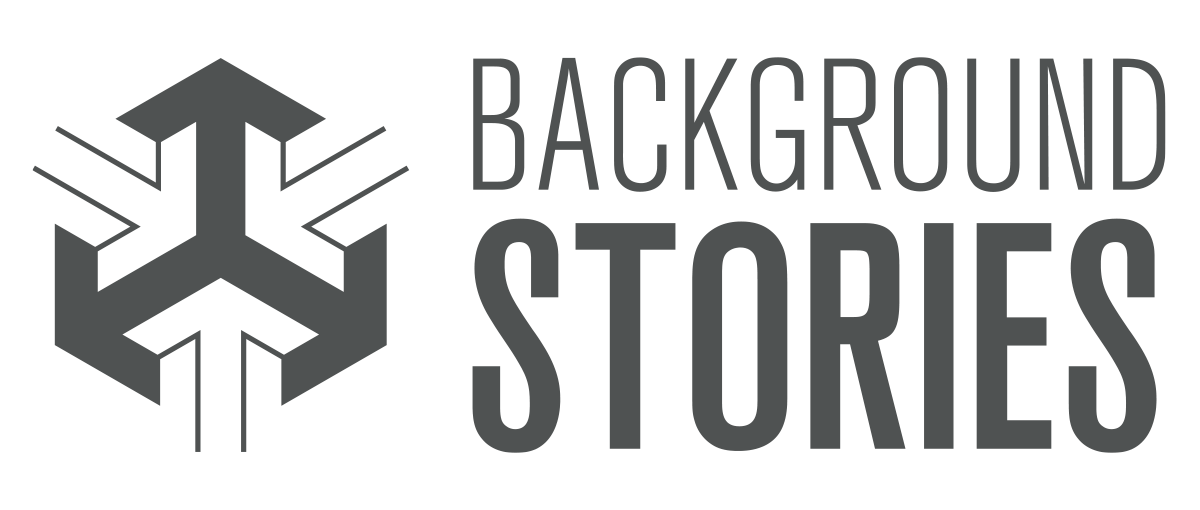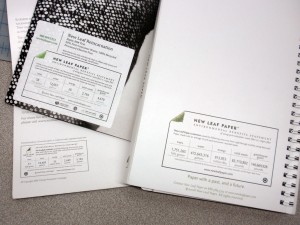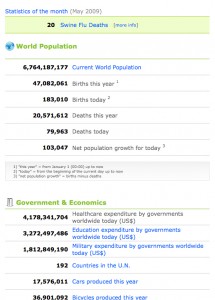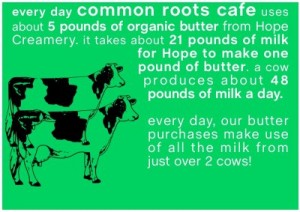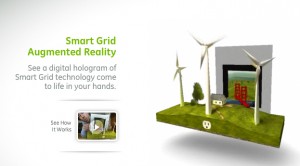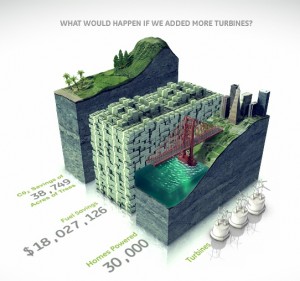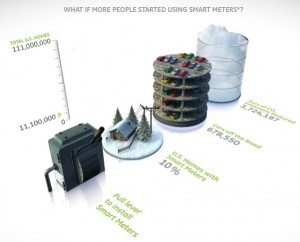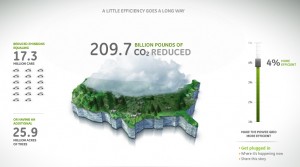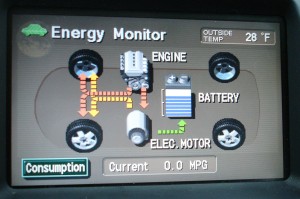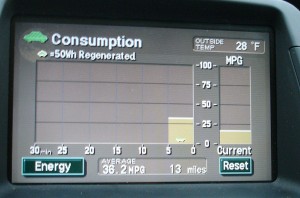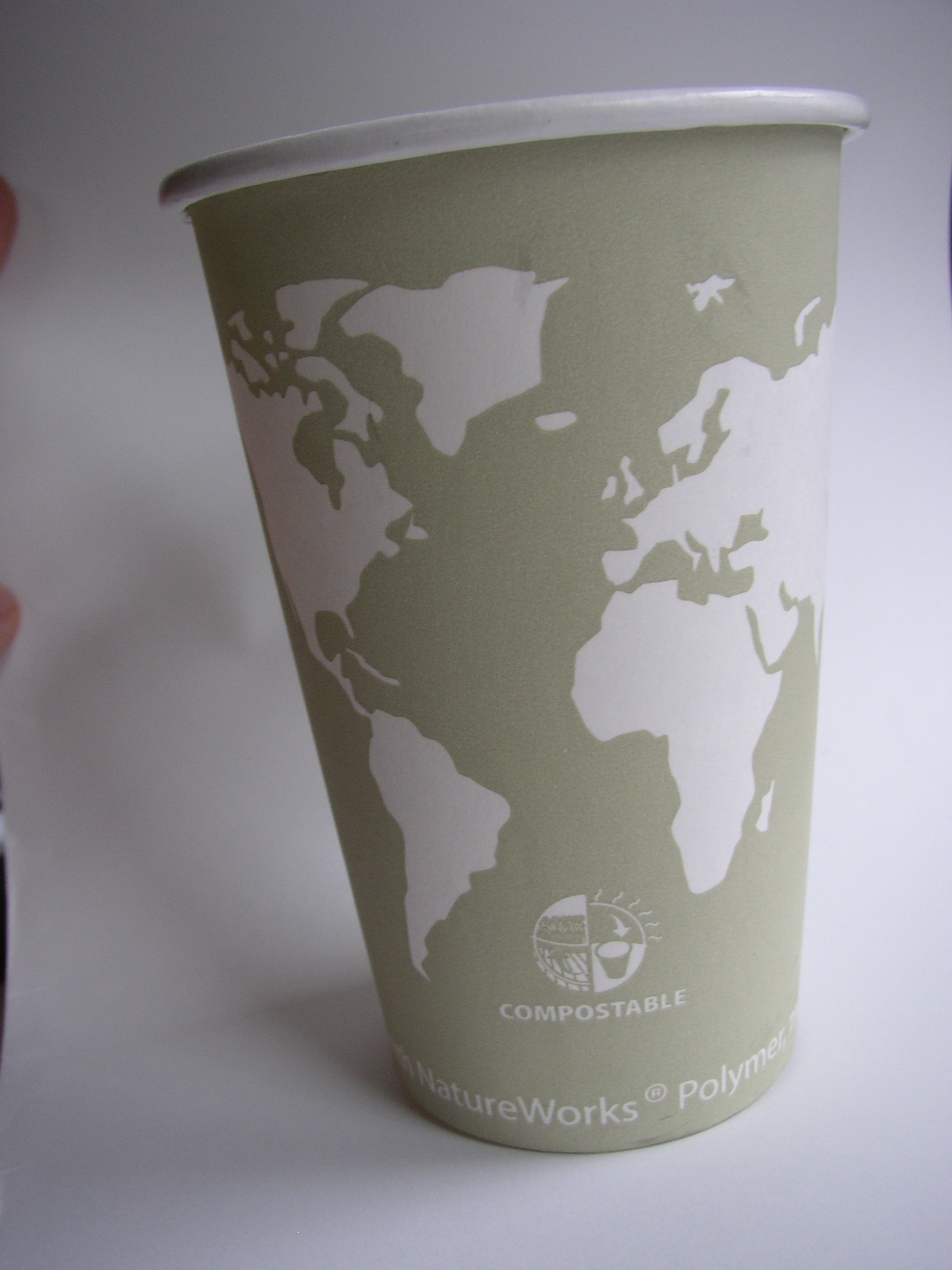A Giant Sequoia in New York’s American Museum of Natural History reveals centuries of history juxtaposed with the tree’s growth rings. The pairing of dates of history with centuries of growth rings gives us deeper understanding of how time passes and things change: as seen both in nature and in civilization.
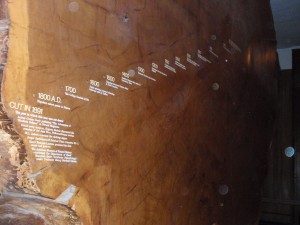
A definite ‘background story’ – pairing visual cues with data and textual information. This visual reference to nature’s growth is a peak into the life story of the tree: marking the years of fast and slow growth. The numerical years provide a reference to our own history: with additional stories of what happened in civilization corresponding with each growth ring. A good reminder that everything changes.
On the topic of trees, the image below is from the Moderna Museet in Stockholm (by an artist whose name I seem to have unfortunately misplaced…). Following growth rings, this artist carves away the ‘years’ of a length of log: revealing the shape of the tree’s younger self.

